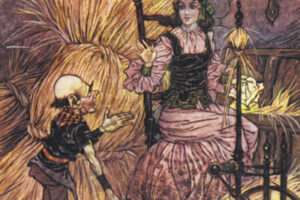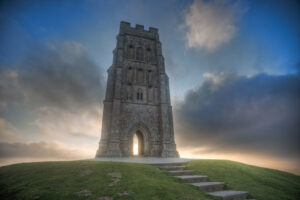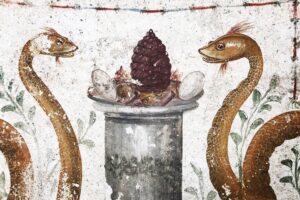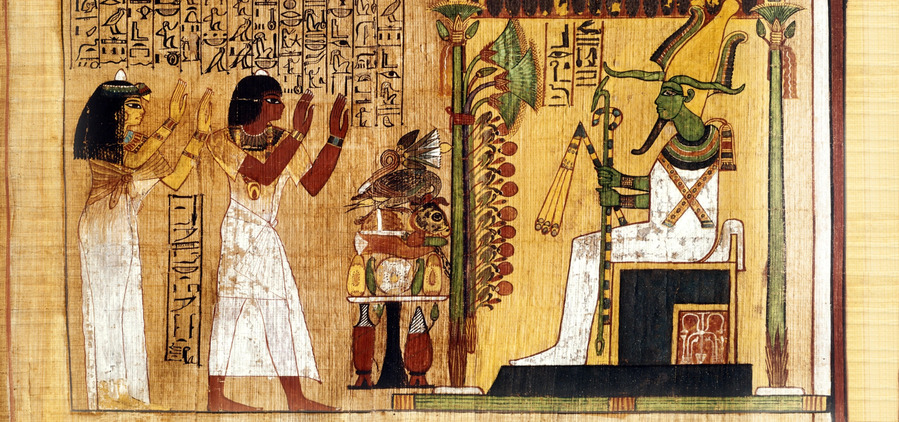
The origins of the cult of Osiris
The origins of the cult of Osiris
by Hasan Andrea Abou Saida
Osiris, also called Usir, is one of the most important and complex deities of the entire Egyptian pantheon. His role in Egyptian theology is very complex, and to understand him fully it is necessary to investigate and study all his names, his functions, his attributes, and this is tantamount to unravelling the Egyptian Mysteries of Nature and the Universe. Furthermore, the origins of Osiris are still much debated, and even the basis of the myth of his death is somewhat uncertain. The name Osiris is the Latin transliteration of the name given by the ancient Greeks Ὄσιρις. In Egyptian hieroglyphics, Osiris is represented by the symbols of the throne, called the Throne of Ra or Supreme Throne, and the Sun, and is translated phonetically as ysri or ysra. The first evidence of a cult dedicated to Osiris appears in the Texts of the Pyramids of Wenis at Saqqara around 2500 BC, but most of its essential features and various incantations or ‘utterances’ contain ideas that are presumed to date from even earlier times, most likely from the First and Second Dynasties.
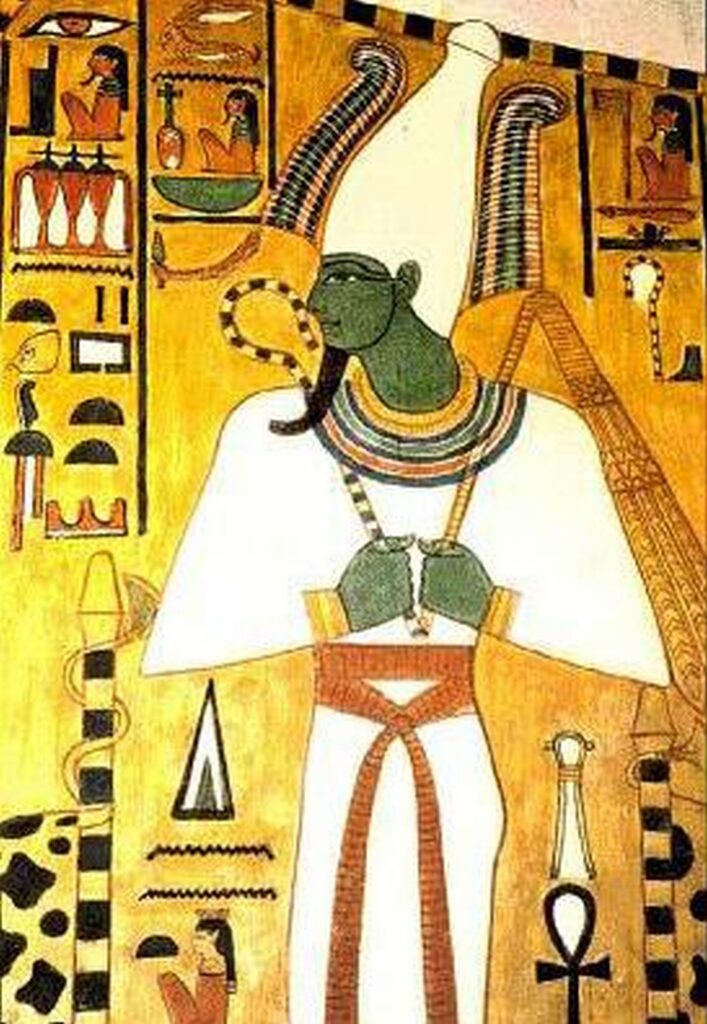
In the predynastic period, the Osiris cult was already widespread throughout Egypt, and its most important shrine was that of Abydos. The mystery of Osiris in Abydos was present as early as the First Dynasty, or even as early as the Neolithic period. This is confirmed by archaeological finds, such as Neolithic vases or tombstones, which bear the hieroglyphs of the ank and the flying duck, symbols that confirm the presence of the Osiris mysteries. The duck is a lunar animal, sacred to Osiris and the god Geb, which appears very often on Neolithic vases and symbolises the Sun as the first principle.
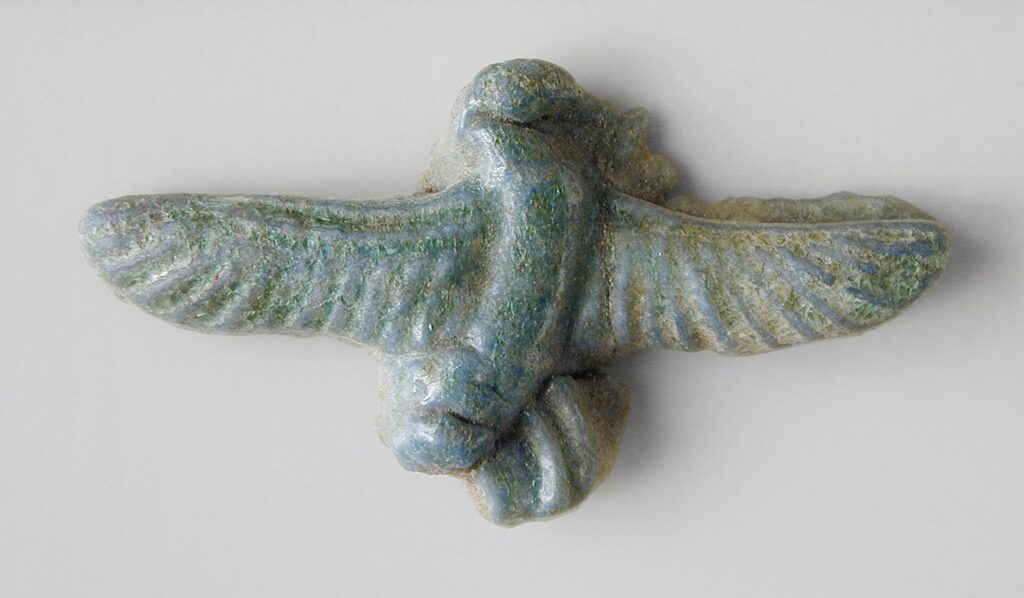
From the earliest evidence described in the Pyramid Texts, Osiris is identified as a god of fertility and pastoralism, but also a living god of the underworld and personification of vegetation. His death and resurrection were based on the annual death and regrowth of plants. The epithet ‘The First of the Westerners’ refers to his kingship in the land of the dead. An initial connection between Osiris and vegetation was originally formulated by J. G. Frazer in his work on plant cults, reconnecting the Egyptian deity with other male deities present in various agrarian civilisations in the Mediterranean, who were referred to as ‘dying and rising gods’. Osiris was seen as a deity of grain, whose mythology reflected the death and rebirth linked to the harvest cycle. Osiris is often depicted on his throne holding a crosier and a scourge, symbols of royal power, and the colour of his skin is green, confirming his role as god of vegetation and fertility. The profound analogy of the various male deities present and worshipped by the peoples of the Mediterranean and Asia Minor, such as the Mesopotamian god Tammuz, the Sumerian deity Dumuzi, the Greek god Adonis and the Phrygian god Attis, is based on the representation of the annual cycle of Nature through death and rebirth of life. The divine figures in their personification and narration show an intimate connection between the periodic disappearance and reappearance of the fertility of the earth and crops, the reproductive cycle of domestic livestock, the passing of the seasons and the existential vicissitudes of human life. According to another hypothesis of the Welsh Egyptologist J. Gwyn Griffiths, who has extensively studied Osiris and his mythology, Osiris originated as a divine ruler of the dead and his connection to vegetation was a secondary development, confirming the predynastic origin of the god’s cult.
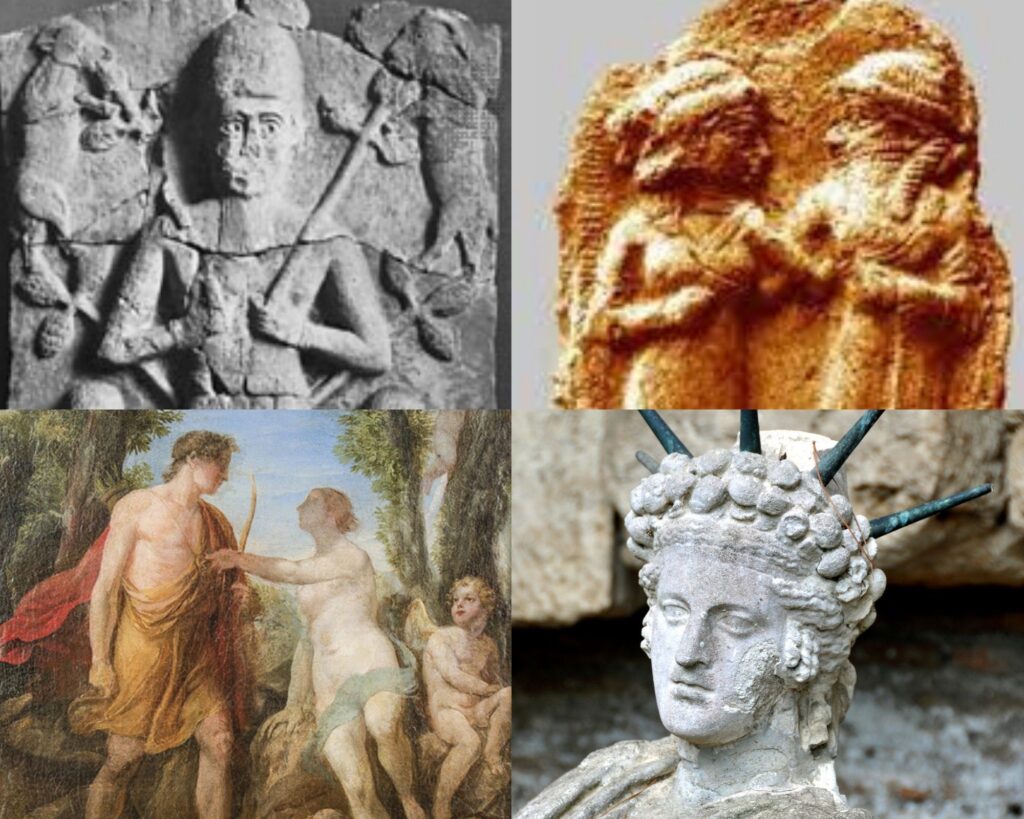
Its origin and mythological birth is closely linked to the city of Busiri in Lower Egypt, a Greek place-name from the Egyptian transliteration ‘Per Usir’ or ‘House of Osiris’. Later called ‘Djedu’, it was the birthplace of Osiris and the main centre of his cult. In the predynastic period, Sobek and Anditi, a deity depicted as a pillar, were worshipped as the main deities. It is thought that Anditi or Andjety is a true precursor of Osiris: like his successor, he is depicted with a shepherd’s staff and a scourge, with a crown similar to the Atef crown worn by Osiris, with green skin; he is also linked to fertility, agriculture (especially wheat) and sheep farming. Andjety, just like Osiris, is identified with the deceased pharaoh, assuming precise attributes as god of the afterlife and the underworld. In the temple of Seti I, the pharaoh offers incense to Osiris-Andjety, who is accompanied by Isis.
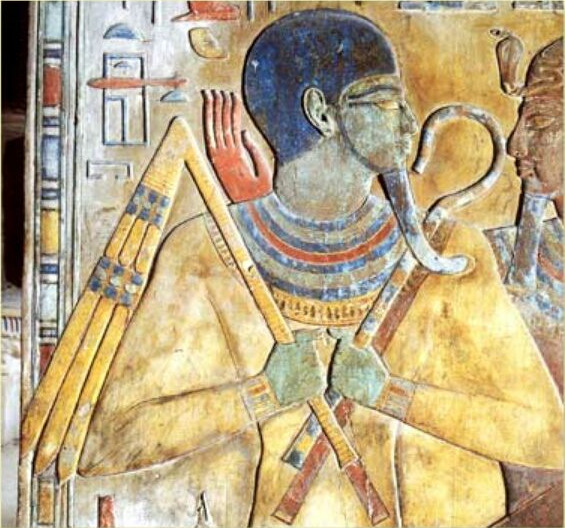
The personality of Osiris, and of his precursor Andjety, refers to the characteristics of a Neolithic universal religion, in which the cults of the dead were closely associated with agrarian rites, especially the Spirit of Grain. As Lord of the Dead, Andjety was sometimes described as the god of rebirth and transformation, and considered the husband of Meskhenet, an ancient predynastic goddess of birth. The local cult of Andjety and his wife Meskhenet was most likely renewed in dynastic times, with the union of Upper and Lower Egypt with the cult of Osiris and Isis, which became very popular throughout Egypt. Osiris, since ancient times, gives men the possibility of redemption, while Isis is the great saviour in the Osiris mystery.
The story of Osiris is that of all beings in our earthly world. On the other hand, the story of Osiris is not separated from the story of Seth, Isis and Nephthys, who, like Osiris, are the Principles of “Becoming” and of all the changes that take place in Nature. Osiris is the son of Nut, the Sky, and Geb, the Earth, and is called “Heir to the throne of Geb”: his realm is that of the earth and the different existences that depend on the earth. As the son of Nut, he also exercises his functions in the stars that are related to the rhythm of the Earth, namely the Moon, the planets, the wandering stars and the circumpolar stars. Osiris in fact is the soul of Orion and is linked to the star Sirius and the planet Venus. Osiris is the one who gives Ra his earthly body.
In Osiris we distinguish two fundamental aspects: the cosmic aspect and the particular aspect. The cosmic aspect of the Osiris principle is the cycle that depends solely on all the conditions of the sky. The whole drama of Osiris, of which the god is the measure and the key, is completely inscribed in the annual cycle. His drama is the prototype of the drama of the human soul, in its vicissitudes and incarnations, in the development of its consciousness through earthly incarnations, and in the conquest of “human kingship”. In its particular aspect, however, it relates to the existence of an animal, vegetable or mineral species. The rhythm of Osiris is that of eternal becoming, a renewal of Nature between life and death. The Osiris myth identifies perfectly with Nature, where man and Nature are two different faces of the same identity, but with similar and analogous paths.

Among the symbols that characterise the essence of Osiris is the Djed, a prehistoric Egyptian amulet that symbolises human stability, cosmic stability, mental stability and the stability of the Earth. The Djed represents the cosmic axis, the pillar of light, and is the pillar that connects Earth to Heaven. The Djed supports the continuity of the four seasons, the cycles of nature that are important for our personal and spiritual development. In ancient times during the Heb-Sed festival, the Djed pillar, an attribute and representation of Osiris, was laid on the ground and was raised at the crucial moments of the beginning and end of a cycle. Once the pillar was straightened, the resurrected Osiris became the emblem of survival, light and stability. The ceremony of straightening the ritual pillar was equivalent to resurrection, in association with the idea of verticality and eternal life.

The symbol of the Djed, according to some scholars, is the stylisation of the conifer, especially the pine tree, not present in Egypt but well known because its resin was used in embalming rituals for the dead. The pine is in fact a saturnine plant under which Osiris was buried in Syria when he was murdered by his brother Seth. Conifers have always been used in hermetic and theosophical liturgies because they facilitate the faster passage of energy currents along the spine. On an analogical level, the pine tree is therefore similar to the spinal column, and the ascent up the tree is nothing more than the flow of the magnetic current from the coccyx upwards. On a geographical level, the Djed was represented by four obelisk pillars, placed in a row, located in Heliopolis, Tanis and Mendes, which served to determine the solstices and equinoxes and to control the stability of the seasons. On a celestial level, the Djed is the pillar of the entire Firmament, where the so-called ‘Indestructible’ circumpolar stars dwell, a perfect destination for the immortal soul of the deceased pharaoh, after having made, like Osiris, the journey on the sacred boat among the stars.
Bibliography
Angelini, A. (1986). Il Serto di Iside – Vol. 1. Milano: Kemi.
Comba, E., & Amateis, M. (2019). Le porte dell’anno: cerimonie stagionali e mascherate animali. Torino: Accademia University Press.
Corso di Egittologia – Angelo Angelini. Associazione Kemi
Frazer, J. G. (1973). Il ramo d’oro: Studio sulla magia e la religione. Torino: Editore Boringhieri.
Griffiths, J. G. (1980). The origins of Osiris and his cult. Leiden: E.J. Brill.

